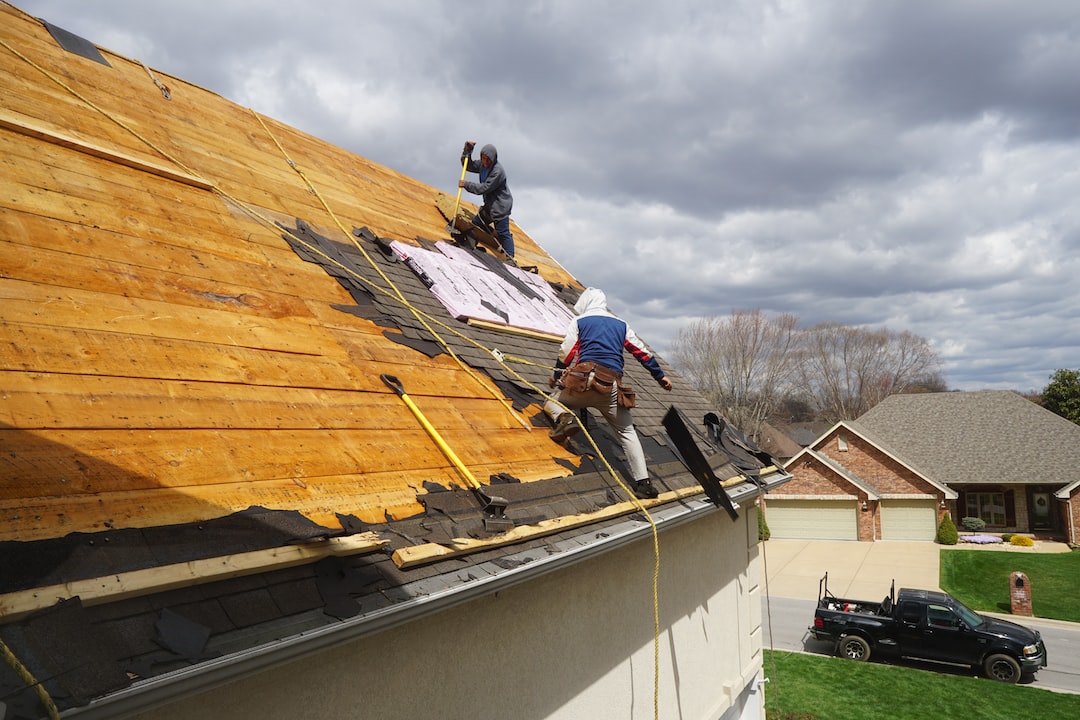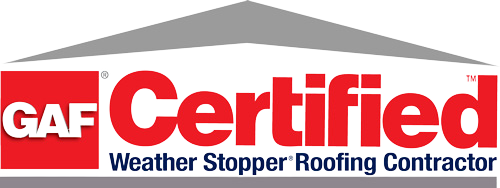A sturdy roof over your head is one of the most fundamental needs for any homeowner. It offers protection, security, and peace of mind. However, unexpected events like severe weather, falling debris, or natural wear and tear can compromise your roof’s integrity. When disaster strikes, navigating the process of filing an insurance claim for roof repairs can be daunting. This blog post aims to guide you through the intricate process of handling insurance claims for roof repairs, ensuring that you are well-equipped to tackle the task with confidence and ease.
Understanding the ins and outs of your insurance policy and knowing the steps to take immediately following roof damage are crucial to a smooth claim process. The objective is to make these steps as straightforward as possible, removing the stress and uncertainty that often accompanies roof repairs. By the end of this guide, you’ll have a clear understanding of how to efficiently manage your insurance claim, paving the way for a timely and satisfactory repair of your roof.
Understanding Your Insurance Policy
Before roof damage even occurs, it’s vital to have a deep understanding of your homeowners’ insurance policy. Policies vary greatly in what types of damage they cover, with common exclusions for “acts of God” or “wear and tear.” Knowing the specifics of your coverage, including your deductible and any caps on coverage, can save you from surprises down the line. Regularly reviewing your policy and discussing any unclear terms with your insurance agent can ensure you’re fully aware of your coverage limits and any actions you need to take to maintain coverage.
Many homeowners discover too late that their insurance policies do not cover specific types of roof damage or require certain preventative maintenance actions to keep the policy valid. For instance, failing to perform regular roof inspections or neglecting minor repairs can lead to denied claims. It’s also important to note whether your policy offers replacement cost value (RCV) or actual cash value (ACV) for roof damage, as this significantly affects the amount you’ll be reimbursed. Understanding these details beforehand can significantly streamline the claims process and help set realistic expectations for the outcome.
Immediate Steps After Damage Occurs
The moments following the discovery of roof damage are critical. First and foremost, ensure the safety of everyone in the household and take any immediate steps necessary to prevent further damage, such as covering a leak with a tarp. However, it’s important to remember that any temporary fixes should not risk your safety or further damage the property. Secondly, document everything meticulously. Take photos and videos of the damage from multiple angles, making sure to timestamp them. This documentation will be invaluable when filing your insurance claim, providing clear evidence of the extent and immediacy of the damage.
Beyond documenting the damage, start compiling any related documents, such as previous repair receipts or a record of maintenance. These documents can support your claim by demonstrating that the damage was sudden and not due to neglect. Contacting your insurance company as soon as possible to report the damage is also crucial. Early communication can set the wheels in motion and help you understand specific steps your insurance company requires you to take during the claims process. This proactive approach can make a significant difference in the speed and outcome of your claim.
Filing the Insurance Claim
When it comes time to file your insurance claim, organization and thoroughness are key. Start by contacting your insurance provider to initiate the claim. You’ll be asked to provide detailed information about the damage, so having your documentation organized and easily accessible is crucial. The insurance company will then give you a claim number, which you should keep handy for all future communications. It’s also wise to keep detailed notes of all conversations with your insurance company, including names, dates, and summaries of discussions, to ensure you have a record of the entire process.
Following the initial report, your insurance company will likely require you to fill out claim forms. Completing these forms accurately and comprehensively is essential. Be honest and detailed about the extent of the damage and the cause, if known. Avoid guessing or speculating, as this can complicate the claims process. Submitting a well-documented claim, supplemented with photos, videos, and any other relevant information, can expedite the review process and improve your chances of a favorable outcome. Patience is vital, as processing times can vary significantly based on the complexity of the claim and the current workload of the insurance company.
Working with Insurance Adjusters
After filing your claim, the insurance company will send an adjuster to inspect the damage firsthand. This visit is a critical component of the claims process, as the adjuster’s assessment largely determines the settlement offer. Prepare for the adjuster’s visit by compiling all of your documentation, including photos, videos, and any repair estimates you’ve obtained. It can also be beneficial to have a contractor present during the adjuster’s visit to ensure that all damage is noted and properly evaluated.











